While there are some insects, like butterflies and lighting bugs, people actually enjoy seeing, most insects don’t make the list. The main bad actors include mosquitoes, ticks, and black flies, and their bites can cause problems from superficial itching to diseases that inflict pain and suffering. Even though bees and wasps don’t typically transmit disease, their painful sting can cause life-threatening allergic reactions in rare cases. While only two species of spiders found in North America are poisonous to humans, all spiders are venomous, and their bites usually raise itchy welts. At this point, you may be starting to think it may just be better to stay inside. However, there are ways of effectively dealing with these pests so you can enjoy the summer weather.
Mosquitoes, ticks, and black flies cause the most concern as these are the most prevalent, and each carries its own unique health hazards. Luckily, for the most part, just wearing a good insect repellent will keep the big three at bay, and there are plenty of environmentally friendly bug spray available for the echo-conscious crowd. To reduce your risk as much as possible, here is a list of the bugs of summer and what you can do to keep yourself and your family safe during the warm weather:
1) Mosquitoes
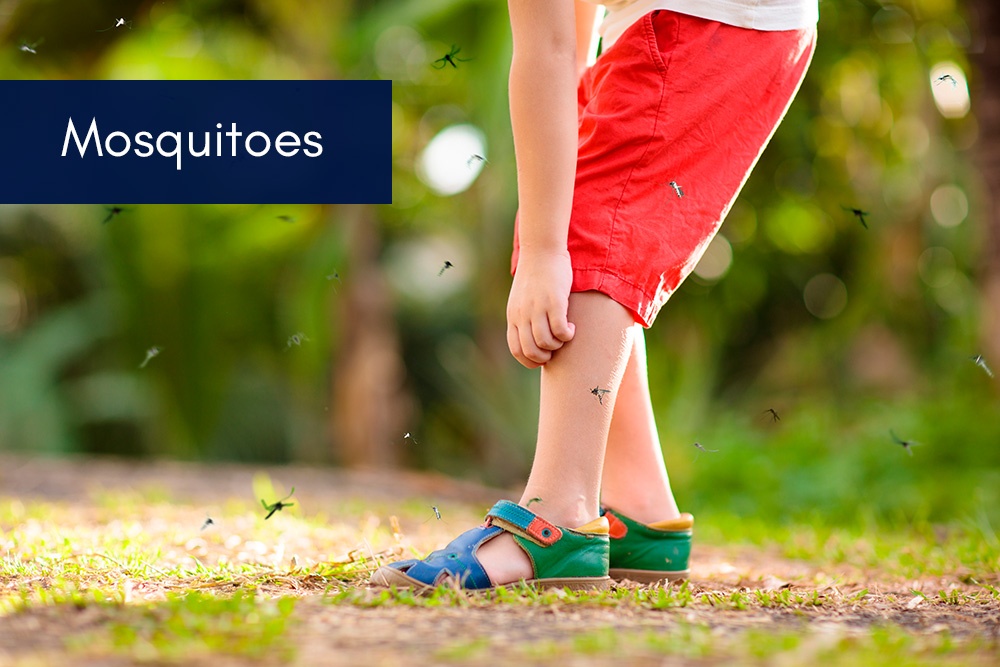
These little blood suckers are everywhere, and there is just no avoiding them. While these bugs harbor the most diseases transmissible to humans, not all species carry all of the diseases, and not all of the diseases are found in all parts of the world. Here is a quick overview:
• Zika Virus is most prevalent in warmer latitudes such as Southeast Asia, South, and Central America, and the Caribbean.
• Dengue Fever is rare in North America and tends to appear in tourist destinations like Latin America, the Pacific Islands, and Puerto Rico.
• West Nile virus has been found in every state in the U.S. and, most of the time, does not produce symptoms.
• Malaria is so prevalent that nearly half the world’s population lives in areas where the disease is present. However, malaria is exceedingly rare in the U.S. The majority of cases occur in Africa, with South America and Asia also showing high infection rates.
• La Crosse Encephalitis is diagnosed approximately 65 times per year in the United States. In the U.S. infected mosquitoes live in wooded areas in the mid-Atlantic, Southeast and upper Midwest.
• Snowshoe Hare Virus was first identified in the blood of the snowshoe hares found in Canada in the 1970s, and cases are found across the range of the hair in the U.S. and Canada.
Symptoms for most of these viruses are similar and can include rash, fever, red eyes, joint pain, headache, fever, nausea, and vomiting. In very rare cases, symptoms can extend to nervous system changes and brain inflammation. However, often no symptoms are present. There is no specific treatment for most of these viruses, except for malaria, and a vaccine is available for Dengue fever. These viral infections most often run their course without treatment.
The best way to protect yourself from mosquito bites is to always wear a good bug spray and sleep under a fine mesh bug net treated with an odorless bug spray when traveling to areas where these viruses are known to be present. You can reduce the risk of being bitten at home by eliminating standing water and areas of brush and tall grass around your home. For areas that cannot be drained of water, “mosquito dunks” are small tablets that contain a naturally occurring bacteria that kills mosquito larvae hatching in the water. Using mosquito foggers around your home will help reduce populations.
2) Ticks
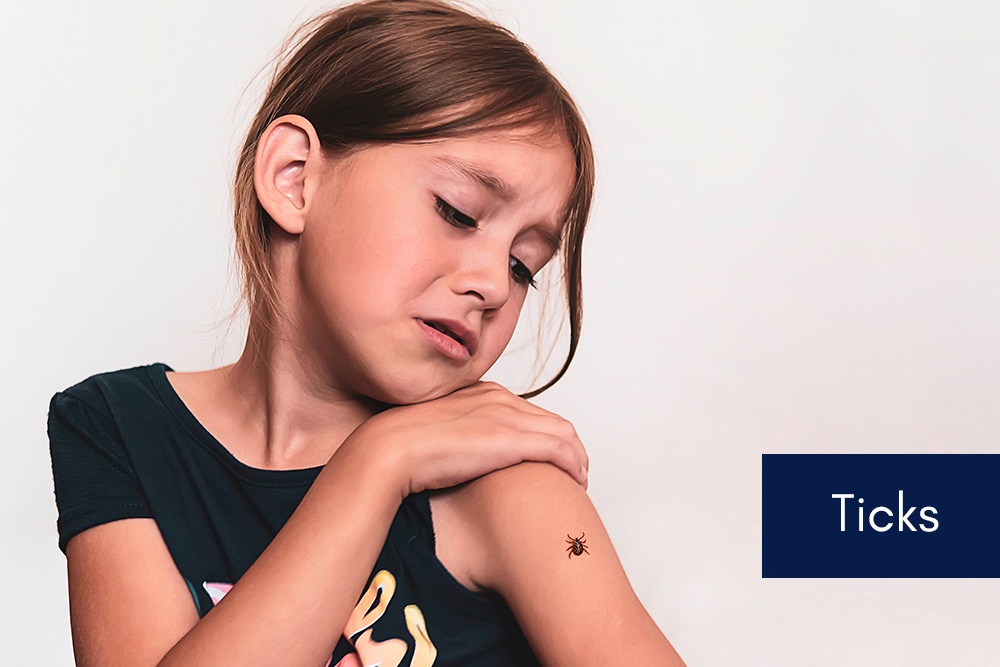
Tick protection is critically important as these little buggers carry over 16 bacterial and/or parasitic diseases that can lead to debilitating illness and even death if not treated. The most common diseases tick transmit in the U.S. are Lyme disease, Anaplasmosis, and Rocky Mountain spotted fever.
• Lyme disease is transmitted by the black-legged tick in the Northeastern, upper Midwest, and the Pacific Northwest of the United States. Symptoms can include the telltale “bullseye” rash, fever, and headache. However, many cases do not present with any symptoms at all.
• Anaplasmosis is caused by the bite of the black-legged tick in the Northeastern, upper Midwest, and along the Pacific coast. Symptoms include fatigue, headaches, fever, chills, muscle aches, and stomach pain.
• Rocky Mountain spotted fever, abbreviated RMSF, is transmitted by the American dog tick, the brown dog tick, and the Rocky Mountain wood tick in the western U.S. Symptoms can include headaches, red eyes, fever, vomiting, sore muscles, and stomach pain.
These diseases are successfully treated with antibiotics, but the best protection is to not get bitten. Wear long pants, tuck your cuffs into your socks, and use an effective tick repellent. If you get bitten, a tick must be attached for at least 24 hours to transmit enough bacteria to cause illness, so it is imperative to check yourself and your clothes thoroughly after being in the woods.
3) Black Flies
Black flies also called “buffalo gnats,” are prevalent in late spring through early summer, and their bite can cause itching and pain. Some species carry a parasitic disease known as “river blindness” that can be transmitted to mammals, including humans, resulting in rashes, nodules under the skin, and vision impairment. Infections are treated with ivermectin. While infected black flies are not prevalent in North America, applying an effective black fly repellent is the best defense when traveling abroad.
4) Other Pests
Bees, wasps, spiders, and ants can all be repelled with insect repellent, but bees and wasps have no interest in your blood and will usually leave people alone if not provoked. The only two poisonous spiders in North America are the Black Widow and the Brown Recluse, and both are relatively rare and, like bees and wasps, won’t bite unless provoked. Many small, nonpoisonous spiders will try to steal a meal of your blood if they get the chance but typically only raise a small bump that may not even itch. Some very effective after-bite preparations work on stings and bites from the big three and nonpoisonous spiders. If you suspect a Black Widow or Brown Recluse has bitten you, seek medical attention immediately. Finally, ant bites can be painful, but these typically do not cause concern.
As you can see, there are many reasons to always wear an effective insect repellent outdoors in bug country. However, it is not a cause for overreaction even if you get bitten on occasion by one of the big three, as not all members of every species carry disease. In North America, the most significant concerns are ticks because of the potentially deadly diseases they transmit. The best tick protection is an effective tick spray and checking yourself over thoroughly after being outside.
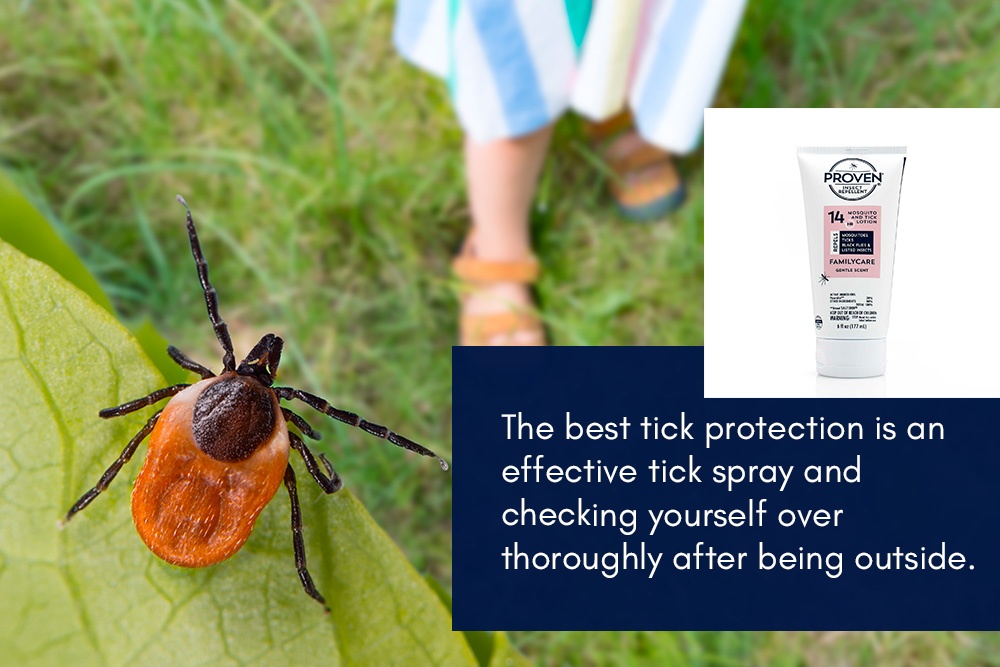
ProvenⓇ Insect Repellent makes a full range of insect sprays and lotions suitable for the entire family, including a highly effective odorless bug spray. All ProvenⓇ products use Picaridin, an EPA registered active ingredient with high efficacy and low acute toxicity. You can find ProvenⓇ products online at ProvenRepellent.com, Amazon, and in-store at Meijer, Tractor Supply Company, Target and Ace Hardware.

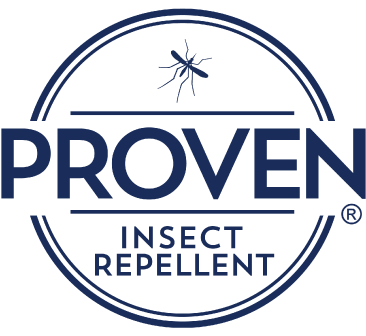
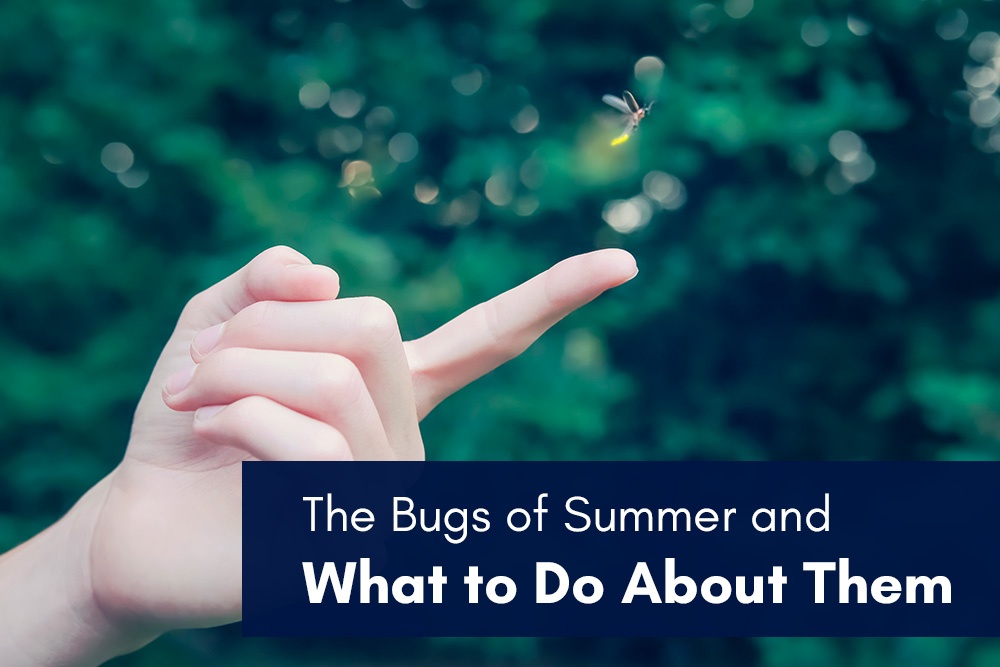
Recent Comments